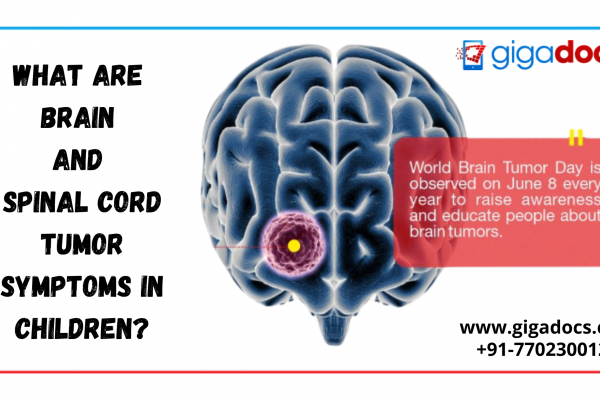Christmas brings families and friends together to celebrate the festive season and spread joy, cheer, and happiness all over. However, Covid-19 with its new mutated strain that’s 70% more infectious has made Christmas 2020 different for many of us this year. Following social distancing protocols, we all have to choose carefully how to plan our celebrations.
Christmas week is a magical time of year, accompanied by flickering Christmas lights and Christmas decorations. Christmas gives us a warm feeling, but at the same time, it can also bring medical emergencies, especially for those who have epilepsy or who are caring for a loved one.
Whether you celebrate Christmas or not, it is inevitable to be surrounded by hundreds of Christmas lights around you till the new year. Many people are not aware of being sensitive to flickering lights until they have headaches, discomfort, or a seizure which may develop into serious epileptic seizures triggered by certain photic (light) situations.
Christmas Decorations and Epileptic Seizures
Christmas lights that flicker or flash between 16 and 25 times per second are among the biggest epilepsy triggers. Flashing or patterned effects make it difficult for people making them feel disorientated, uncomfortable, or unwell. Exposure to flashing lights, visual patterns can trigger epileptic seizures for about 3% of those affected.
Photosensitive epilepsy is uncommon and is generally diagnosed with an EEG test. Although many individuals who are affected by photosensitive epilepsy may not develop seizures at all, however, they can be troubled by headaches, nausea, and dizziness.
Photosensitive Epilepsy Trigger
Photosensitive epilepsy is more common among children and adolescents, especially those diagnosed with generalized epilepsy, and symptoms like juvenile myoclonic epilepsy, Jeavons syndrome (epilepsy with eyelid myoclonia).
Here are the different human-induced and natural factors that may trigger an epileptic seizure-
Manmade Epileptic Seizure Triggers
- Flickering images on the computer monitors or constant change of channels on the television screens.
- Certain video games that contain rapid flashes or alternating patterns of bright colors.
- Flashing lights on the top of buses or emergency vehicles.
- The intense light of visual fire alarm.
- Virtual reality (VR) that brings together multiple flashing images, may trigger a seizure in people with photosensitive epilepsy. VR amalgamates large fields of view that stimulate the eyes affecting more of the brain which may trigger a seizure.
Natural Environment Epileptic Seizure Triggers
- Sunlight beaming through trees and blinds.
- Sunlight on the water.
- Railings, escalators, or other structures that create repetitive patterns.
Protecting from Photosensitive Epilepsy
- Cover one eye and subsequently turn away from the source of flashing lights. Studies point that if only one eye gets exposed to the flickering screen, a smaller area of the brain’s cortex is affected when compared with exposure through both the eyes. This difference holds significant when we talk about the triggers of an epileptic seizure.
- Stress levels are up against when an epileptic person faces flickering lights. It is good to practice deep breathing through the nose and follow a regular exercise routine, which will give the desired fitness and stamina to face the holiday season. Even an evening walk would do good.
- Get plenty of sleep each night. Christmas and the new year planning may bring exciting times; however, it’s advised to set a regular sleep schedule and stick to it.
Limiting Epilepsy Triggers
Taking the below steps could help limit the risk of exposure to potentially seizure- and headache-inducing Epilepsy triggers-
Television Screens
- Make a practice to watch the TV from a well-lit and ventilated room. This will reduce the contrast between the light from the TV set and the light of the room.
- Maintain a safe distance from the television screen.
- Avoid sitting glued to the TV set for long periods.
- Wear anti-glare glasses while viewing the TV to reduce eye-stress.
Video Games
- Sit in a well-lit room at least 2 feet from the screen.
- Reduce the brightness of the screen and take frequent breaks to look away from the screen and relax the eyes.
- Do not flicker your eyes while looking at the gaming screen. Constant blinking may facilitate seizures among sensitive individuals.
Desktop/ Laptop Monitors
- Use a glare guard over the LCD display or flat-screen monitor.
- Alternately, wear anti-glare glasses to reduce the harsh screen brightness.
- Take frequent breaks, walks, and relax the eyes while working on the computer.
Social Media Video Auto-play
- Limit the OTT platform/ social media exposure
- Disable the video auto-play feature.
Consulting a Specialist
Check with your doctor on the Gigadocs app and ask for an EEG test if you have faced headaches while looking at flickering lights. Finding out if you are photosensitive can help you lead a better life and carry on with your daily activities, minus the undue stress.
Book an Epilepsy specialist or a Neurosurgeon on the Gigadocs app and discuss your medical records to indicate how you responded to flashing lights during the electroencephalogram (EEG) test done to diagnose epilepsy and other seizure disorders. An abnormal response to different frequencies of flashing lights would indicate photosensitivity epilepsy.
Gigadocs offers updating of vitals and storage of health records in a digital platform. For parents, Gigadocs has bought its Vaccination Schedule Chart to help them generate the complete vaccination schedule of their child through their date of birth.
To avail of a complete range of digital healthcare solutions designed to match your healthcare requirements, download the Gigadocs app-
- IOS App – apple.co/2W2iG4V
- Android App – bit.ly/33AQoRC
To know more and schedule a Virtual Consultation demo, e-mail, at info@gigadocs.com




